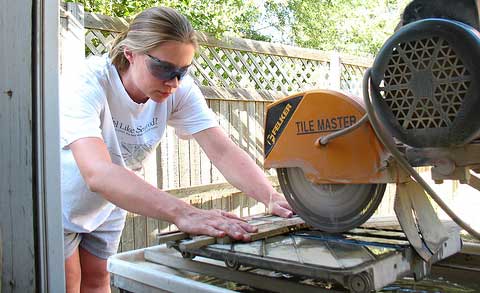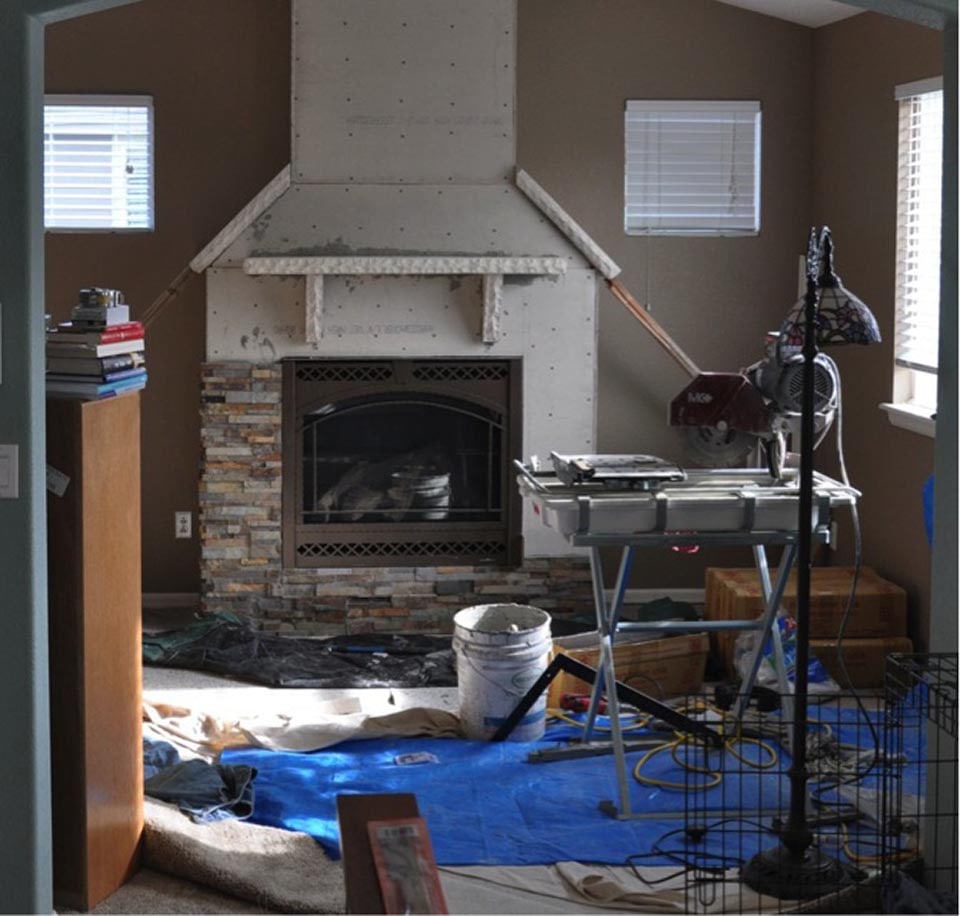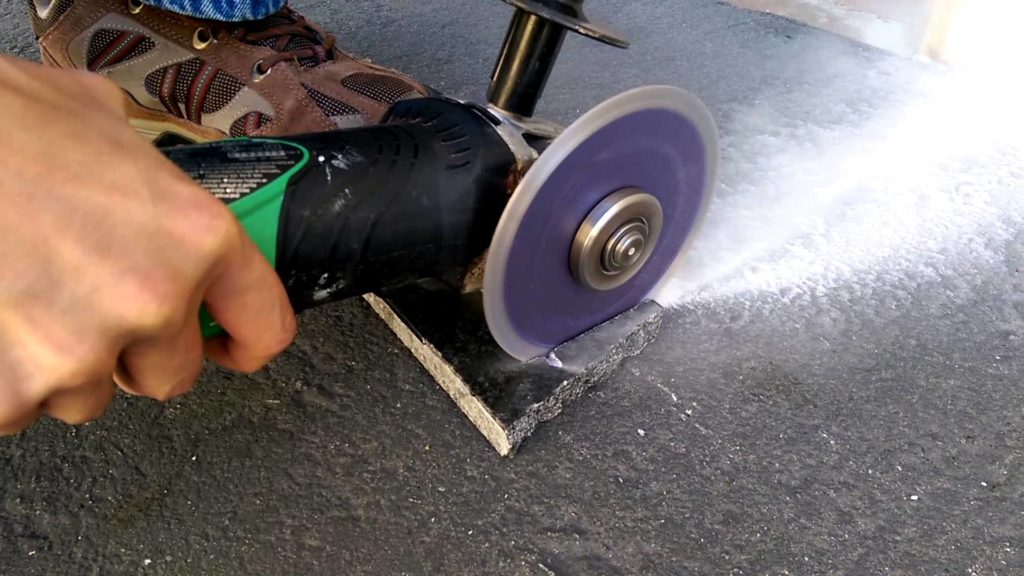
Installing various types of Natural Thin Stone Veneer is a challenging, but achievable project for most DIY’ers. One of the first questions we at The Surface Shop get asked when talking with potential customers is “How do I cut it?”. Stone is a new building product for most people, unlike more traditional mediums like wood, metal, concrete, and tile, so bridging that gap with easy to understand knowledge is something we know our customers appreciate.
First, let’s break up the types of Natural Thin Stone Veneers into two primary types: Masonry Veneers & Modular Veneers. Masonry Veneers include more traditional styles of stone veneer, commonly known as Ledgestone, Ashlar Stone, and Field Stone (which we call Terraform™); these are best left for professional installation by experienced masons. Modular Stone Veneer, on the other hand, includes our Stacked Stone Veneer Panels and our Linear Stone Veneers; these are considered “modular” because they come in set sizes, which are designed for easy installation.
So, as the common question goes, how do I cut it?
The short answer is that stacked stone veneer panels are best cut using a combination of two tools: (1) A wet saw designed to cut tile and stone, and (2) An angle grinder for more precision and unique cuts. Let’s take a look at each of these tools and some things a first time stone veneer DIY installer will want to know about each of them.
A Tile Wet Saw with a continuous rim diamond blade is going to be your primary cutting tool for a stack stone veneer panel installation. A wet saw works on the concept of water being applied to the blade and to the tile or stone to provide lubrication as the blade cuts through. The water is typically recycled through a close loop system which allows for it to drain off the tile and into a reservoir where a small pump is located which cycles it back up to blade. One of the most important things to remember when working with a wet saw is to constantly be refreshing the water, especially when cutting stone since the heavy sediment the saw creates when cutting the stone will start to diminish the water’s ability to lubricate the saw.
 A continuous rim diamond blade sounds fancy, but its actually a fairly prevalent type of blade available at most hardware stores and certainly any tile and stone shop. Diamonds are one of the hardest naturally occurring materials on earth and are exceptionally good with cutting through tile and stone.
A continuous rim diamond blade sounds fancy, but its actually a fairly prevalent type of blade available at most hardware stores and certainly any tile and stone shop. Diamonds are one of the hardest naturally occurring materials on earth and are exceptionally good with cutting through tile and stone.
A tile wet saw will typically either have a stationary blade and a movable tray where the stacked stone veneer can be placed and then pushed through the blade. Alternatively some saws have a fixed tray and a movable blade set up. Depending on the complexity of the cuts you need to make, tile saws can also have a blade that can be tilted, or a mount that can be fixed to the tray to allow for inside and outside miter cuts on stone veneer. Either way, stone should cut nice and easy on a wet saw.

Probably the most important thing to remember when cutting stacked stone veneer on a tile wet saw is safety. Eye protection is a must, and ear protection is a good idea as most units can get loud. Working with electricity and power in the same tool requires extra diligence as well, so be sure to read the instruction manual and plug the the saw into a grounded outlet.
While a tile wet saw will account for probably 95% or more of the cuts on most stacked stone veneer jobs, a hand held angle grinder is the tool of choice for everything else. Whether you’re cutting a curve to fit around a pipe, or cutting a rectangle out of the panel to go around a light switch or outlet, an angle grinder is the tool for the job. Since angle grinders don’t use water as a lubricant like a wet saw, cutting stacked stone veneer takes a little bit longer, can be ear screechingly loud, and create a lot of dust. Blades also will need replaced much more frequently as compared to the wet saw. Besides wearing eye and ear protection, heavy gloves are a great idea to protect hands and fingers from stone chunks and the blade itself.

Tile wet saws are very commonly available to rent at local hardware equipment rental locations at a reasonable charge. Unless you’re getting ready to do a bunch of tile and stone work, it’s generally worth renting this equipment, where you’ll typically get a higher grade saw, than purchasing a lower end one. Quality angle grinders are available at reasonable price points if you can’t borrow one from a neighbor or friend.
Thanks for learning more about the best ways to cut stacked stone veneer with us today! We enjoy sharing the knowledge and passion we have about our products and how to install stacked stone correctly with our customers and anyone interested in knowing more. Please don’t hesitate to contact any of our reps who are well versed in technical knowledge of the product with any questions that you might have about stacked stone veneer.